As part of our work on Scottish Plant Recovery we have been bulking up the seed of small cow-wheat (Melampyrum sylvaticum) in readiness for translocation back to the wild. The aim of this work is to initiate natural recovery in this threatened native plant and large numbers of seeds will be needed for direct sowing into suitable habitat. Being an annual that is hemi-parasitic on a range of host plants, we have experimented with different hosts and established a successful method of cultivating small cow-wheat on potted saplings of rowan (Sorbus aucuparia). Each annual cycle increases the number of seeds. The 2024 harvest was just shy of 50,000 seeds!

It struck me that the job of gathering up the seeds and then sowing them is exactly what we think wood ants in the genus Formica do for the small cow-wheat in the wild. In this sense we are acting as uber (super) ants. In nature the ants are attracted to the seed by an oil-rich structure called an elaiosome that is a source of food for them. This valuable resource acts as an incentive for the ants to pick up the seeds and carry them off to their nests. Some may be dropped on the way and those that end up in the nest may find a suitable spot to germinate. Either way, the seeds are being moved around and it is thought that wood ants could be the key dispersal agent for the seeds of both small cow-wheat and the related common cow-wheat (Melampyrum pratense).
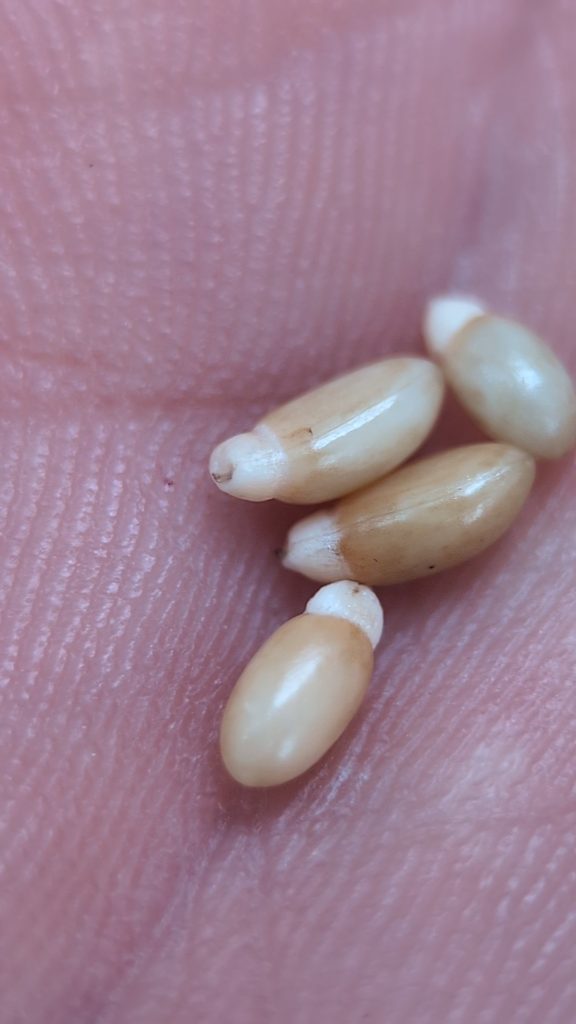
So, plants are not the passive organisms we often think they are. They are constantly manipulating animal behaviour for their own ends. Common cow-wheat has been called the ‘ant puppeteer’ for its manipulative ways. But this is not the best way to think of the relationship as it implies that the plant is entirely in control. In fact, the relationship is mutualistic and both ant and plant gain from it. Likening the relationship to a courier service is a pretty good analogy as couriers don’t deliver parcels for free. In this case the plant ‘pays’ the ant for seed dispersal services with the food reward of the elaiosome. It is actually a very similar situation to animals being induced to pollinate flowers by the food value of both pollen and nectar.
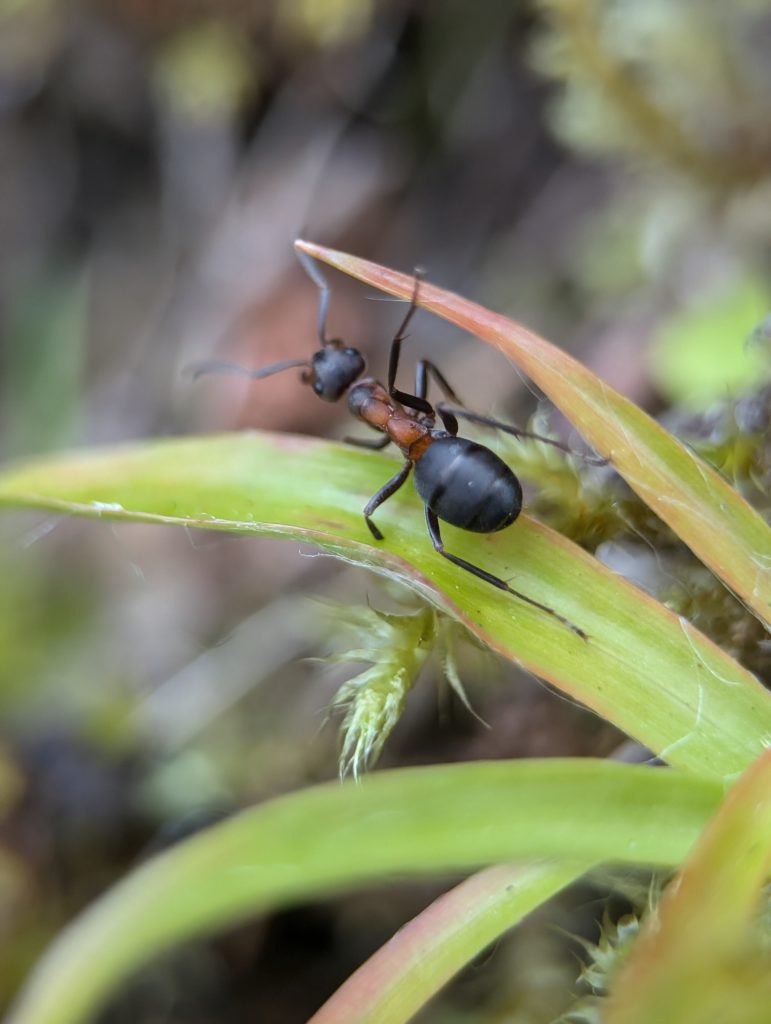
A striking observation made in Norway by the Scottish Plant Recovery team on a recent fieldtrip was that all sites with abundant small cow-wheat also had wood ant nests. The tentative identification of the ant species we saw is Formica polyctena, which is not a species we find in Scotland. The plants were growing right up to the edge of the nests. They even managed to sprout out of the impressive mounds of plant debris that is the structure of the ant nest. This structure is made of materials gathered by the ants from the woodland floor and these mounds can reach heights of a metre or more!
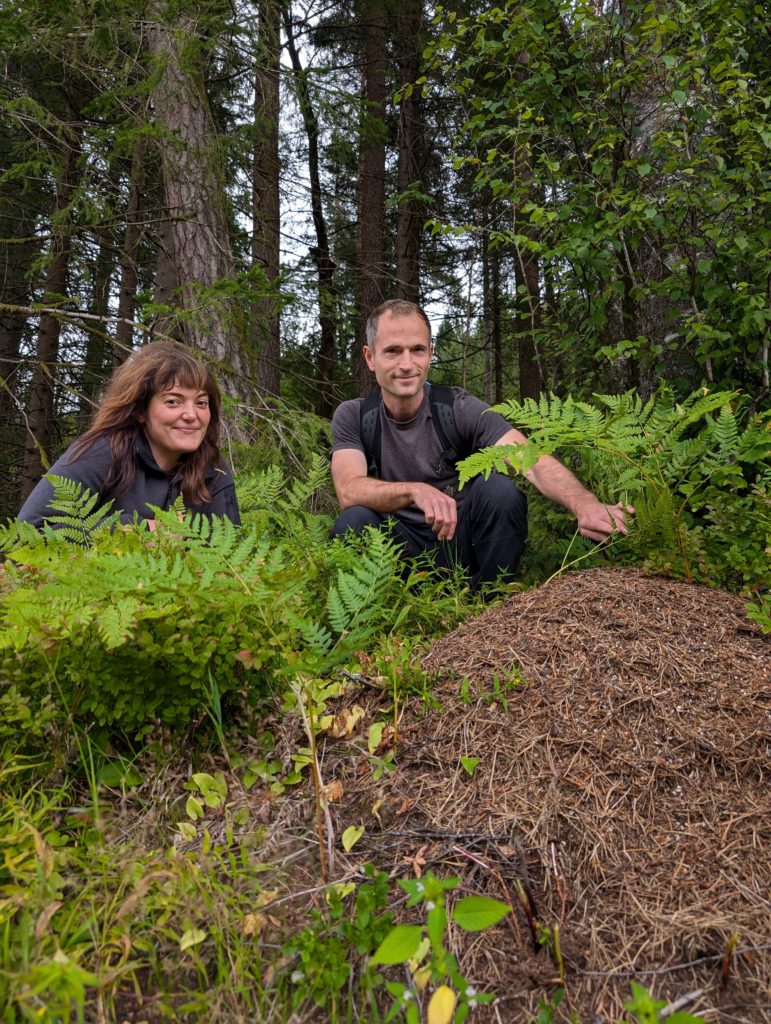
This observation is extremely helpful for us when it comes to selecting suitable sites in Scotland for translocation (planting) of small cow-wheat seeds as part of our recovery programme. Sites with thriving wood ant colonies might provide what is needed to keep the cow-wheat mobile in the landscape and spreading to suitable new sites. In short, the presence of ants could be important for the sustainability of cow-wheat populations. This complex relationship is a good example of the need to understand the detailed ecology of the ten threatened plants in our recovery programme. We need to know what makes each species tick. Our next step will be to learn about the habitat preferences of the wood ant species we find in Scotland to see if they coincide with small cow-wheat.
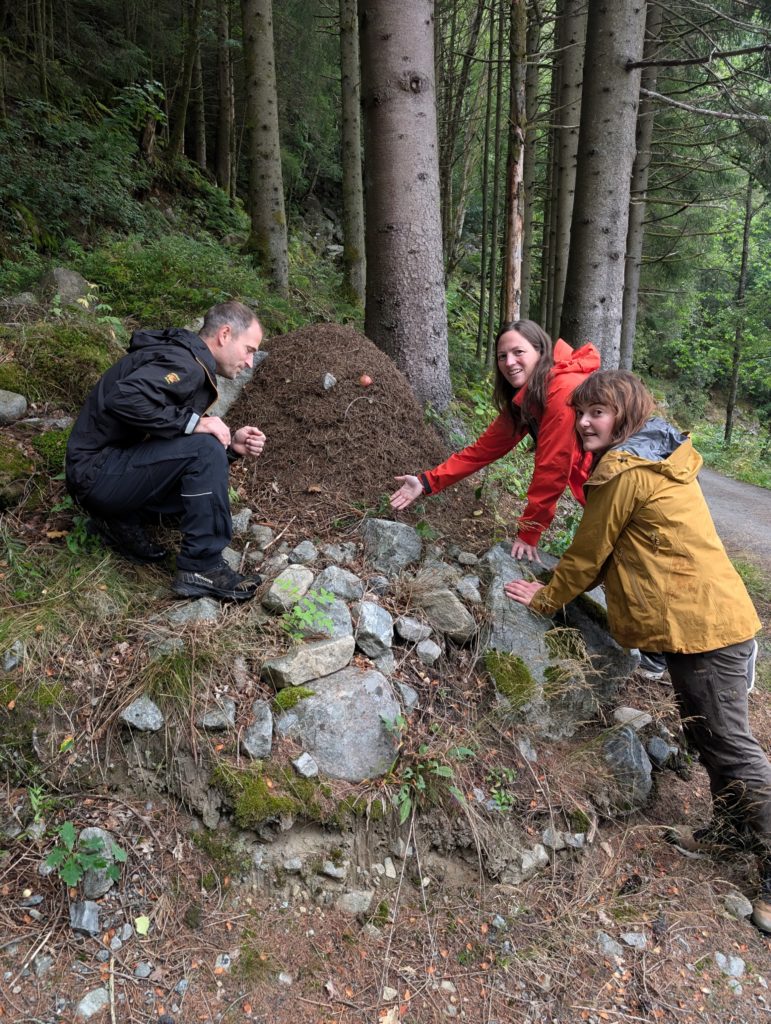
Worryingly, small cow-wheat is now extinct in England and Wales and the Scottish and Northern Irish populations are often small and seem to be in decline. Some Scottish populations have died out in recent years. This annual plant needs to re-establish itself from seed each year, making it vulnerable to extinction if it has a poor year or is growing in less-than-ideal conditions. The fact that Scottish small cow-wheat grows without nearby wood ant nests could be hindering dispersal and the establishment of new colonies in suitable habitat.
It seems that not all the seeds produced each year germinate at the first opportunity. This is good news as the plant has a short-lived ‘seed bank’ in the soil that can carry a population through a bad year where very few seeds are produced.
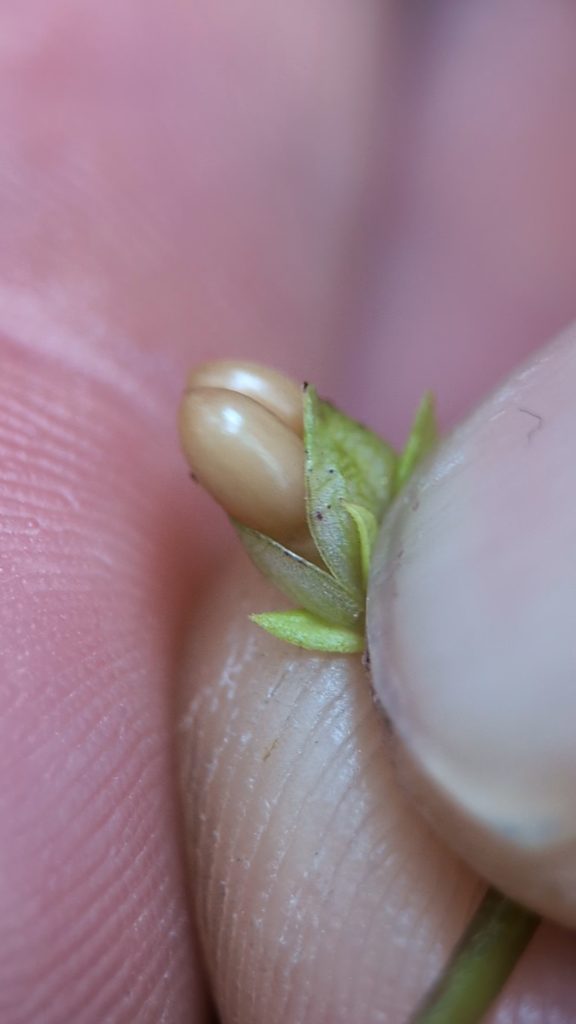
One of the exciting aspects of our recovery work on small cow-wheat is that we are working with the Arkaig Landscape Restoration Partnership and Jenni Stockan at the James Hutton Institute to link up recovery work on small cow-wheat and wood ants. Loch Arkaig Pine Woods is a site owned by the Woodland Trust that has thriving populations of wood ants. Exploring the potential for small cow-wheat to be introduced to Loch Arkaig is something we will be doing soon. With access to detailed knowledge on wood ant ecology, another exciting possibility is that we can consider sites without wood ants if a joint translocation of both ants and plants is judged to be appropriate based on the habitat and conditions.
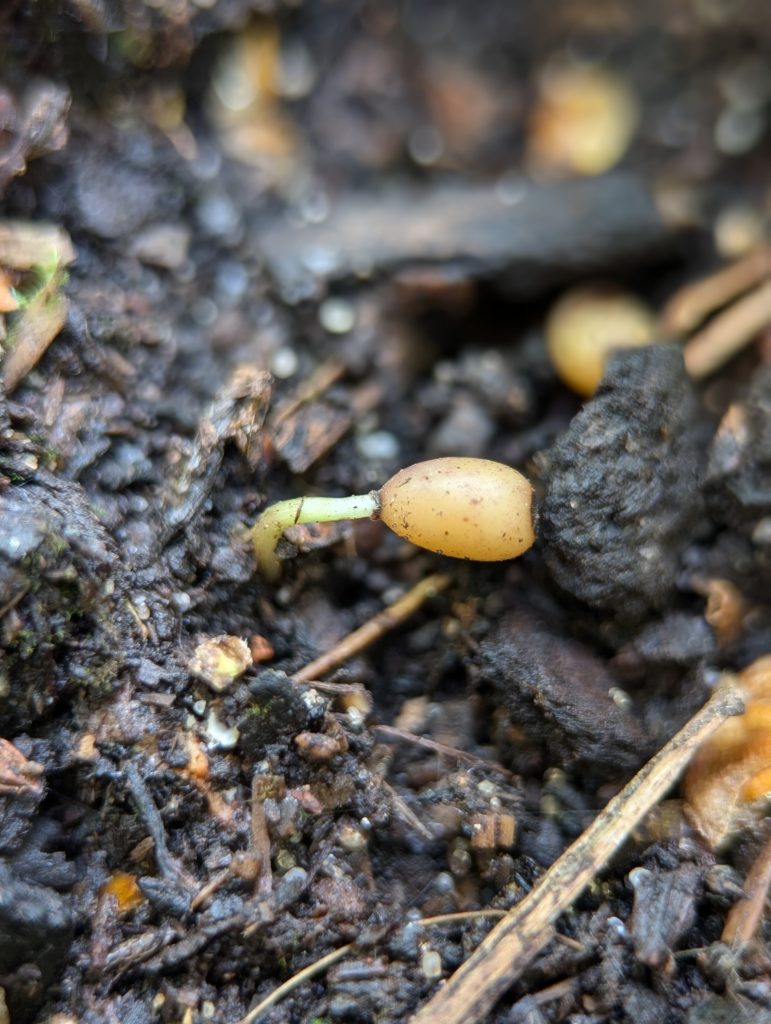
All translocations are in some sense experimental. We cannot be certain we have fully understood the needs of a species. However, even failures tell us something new and increase our chances in the future. What was extremely useful about being in Norway and seeing thriving populations of small cow-what was that we were able to build an understanding of the detailed ecology of the species. We need to know about moisture and soil preferences as well as the associated species that will act as a guide for us when we are selecting suitable sites in which to sow thousands of seeds next year.
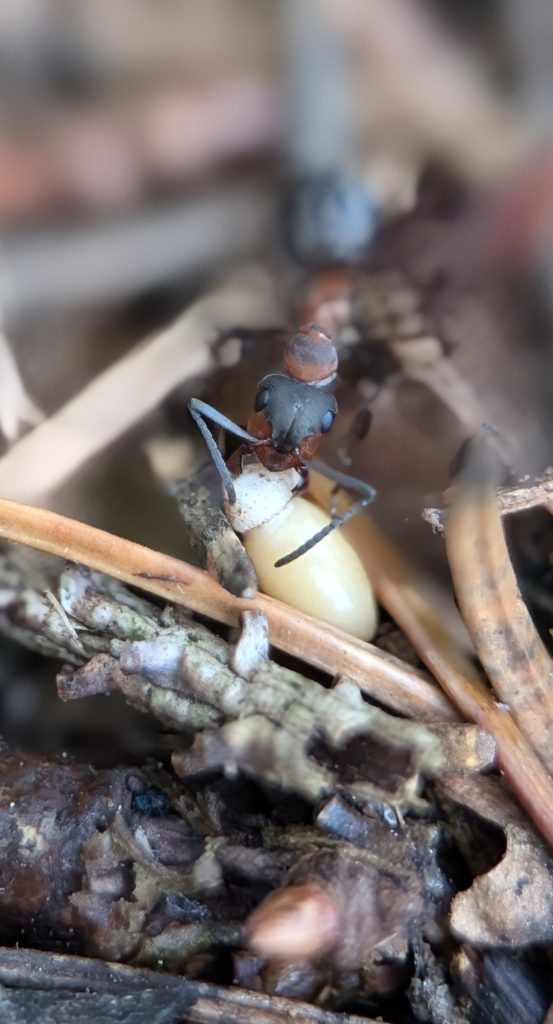
While in the field in Norway, surrounded by abundant small cow-wheat plants and wood ants, I could not resist the obvious experiment of dropping some seeds, complete with elaiosomes attached, onto one of the ant highways that snake through the woodland. Tantalisingly, a single wood ant did pause and briefly clamp its mouthparts around the elaiosome. Of course, my expectations were low for this simple experiment, so this result was much more than I expected. The ant did not actually pick the seed up, but if you don’t try these simple things, you will never know.
Acknowledgements: The team would like to pass on thanks to the Garden’s Small Projects Fund for supporting the cost of the Norway fieldtrip.

- X @TheBotanics
- X @nature_scot
- X and Facebook @ScotGovNetZero
- Facebook @NatureScot
- #NatureRestorationFund
